10+ Years Experience
Specialist Horse Menages

Enquire Today For A Free No Obligation Quote
Horses require a secure environment to be safely exercised in. As anyone with experience in handling horses knows, even a seemingly small miscalculation can quickly spiral into a dangerous situation for both horses and humans.
For this reason, it is essential to ensure that the horse ménage – the environment used to exercise horses – is safe, secure, and free from unnecessary risks.
Here, we will provide you with expert tips and advice to help you create a safe and secure horse ménage.
To create a safe and secure horse menage you should ensure the fencing is in good repair, with no gaps or weak spots, so that horses cannot escape.
When it comes to designing a safe enclosure for a horse ménage, there are a variety of factors to consider.
The size and shape of the space must be appropriate to the needs of the horse, while also providing for safety and security.
A professionally drawn plan that includes measurements and other essential elements can help to ensure that the design is effective and safe.
Now that we’ve discussed design considerations for creating a safe horse ménage, let’s move on to analysing various fencing materials and types in our next section.
Fencing is one of the most critical aspects of establishing a safe and secure horse ménage.
The right fencing can protect riders inside the ménage from potential hazards. Choosing the right fencing material and type is essential to ensure that all these objectives are achieved.
The two main fencing materials available are metal and wood. While both are suitable, each has distinct advantages and disadvantages that should be considered before selecting a material.
Metal fences, such as those made of welded wire mesh or steel posts, are strong and durable but can also be expensive.
Wooden fences, on the other hand, can be cheaper but may require regular maintenance.
When selecting a type of fence, there are several considerations to make.
Primary among them is the height of the fence; it should be high enough to prevent horses from jumping out while still allowing riders easy access into the ménage.
Secondly, it is important to consider visibility; mesh-style fences may provide more visibility than solid boards, which may provide better safety for horses but less visibility for riders.
Lastly, if a decorative value is desired, wooden fences are often seen as aesthetically appealing while metal fences may not have the same visual appeal.
No matter what type of fence is chosen for a horse ménage, it must meet the necessary requirements for safety and security.
After carefully assessing all factors, arrive at a decision that balances cost-effectiveness with functionality and considers any unique needs within your horse ménage environment before making a final selection.
With the right fencing material and type selected, you are now ready to look at other barriers such as gates and access points to create a secure area for your horses.
When it comes to creating a safe horse ménage, barriers and access are key components that determine the security of the area.
Choose an appropriately sized barrier that will effectively contain your horses while also allowing ease of access and visibility.
To add extra protection while still maintaining visibility, consider installing a fence with small holes or wood panels with gaps between the slats that allow you to see out, but maintain privacy from potential threats outside of your boundary. Electric fencing is also an option for providing added deterrence.
Choosing secure barriers and access points is an integral part of creating a safe and secure horse ménage.
Now let’s explore how to create a secure area within your equine space where horses can safely roam and thrive.
Creating a secure area for your horse ménage requires careful thought and planning.
An enclosed, indoor menage can protect horses from wind, rain, snow and other elements, but it also needs to provide adequate ventilation and sunlight.
When considering your fencing options, there are two main approaches: a single fence system or a double/multi-fence system.
A single fence system is generally less expensive and easier to install but may not provide enough height or strength for larger or more powerful animals.
Double fences can be made of mesh or wooden boards that run parallel around the perimeter of the enclosure. However, this system can require more maintenance since you need to regularly check for any gaps in the fencing due to changes in the weather or loose materials.
On the other hand, multi-fence systems are much stronger than either single or double ones, as they usually involve three fences stacked on top of one another that can be adjusted as required.
This option may cost more initially but is overall more durable as it can withstand extreme weather conditions as well as strong attempts by animals to jump over.
To sum up, creating a secure area is an essential part of having a safe and secure horse ménage and can range from having a single, double or multi-fence system depending on your needs and budget. No matter which type you choose, always ensure your fencing meets all relevant regulations set out by local authorities and is regularly inspected for any damage or weaknesses.
In the next section, we will explore the options available when deciding between a single, double or multi-fence system – each offering distinct advantages depending on your requirements.
Risk assessments for your horse ménage are a critical part of keeping your equestrian facility safe and secure. Regular risk assessments allow you to identify any risks or hazards that might be present, as well as ways to reduce those risks.
To complete a risk assessment for your property, you must first identify all potential sources of danger or harm.
This includes both physical and environmental elements, such as electricity, chemicals, large machinery, fires, flooding, and wind.
It is also important to assess the suitability of the environment for horses, taking into account the terrain, fencing, land use and any other issues that may arise when building an arena.
Once all potential sources of danger have been identified, they can then be mitigated through appropriate safety measures.
When assessing potential hazards in your horse ménage it is important to consider both human and animal factors.
This means making sure there are appropriate exits and barriers to protect both people and animals from danger.
Overall, risk assessments help manage many potential risks in riding arenas that go beyond just human care on the premises. They provide an opportunity for professionals to analyse their environment and take action where necessary before an incident occurs.
Having considered the importance of thorough risk assessments for a safe and secure horse ménage, let’s move on to cover health and safety regulations in our next section.
The health and safety of the horses in the horse ménage should be the primary concern when creating a safe and secure environment.
When deciding on the layout of your horse ménage, planning ahead can prevent common injuries, which can happen due to an unorganised layout.
Daily checks of the menage surfacing and fencing should always take place to ensure that the surfacing is suitable and the fencing is secure.
Having others carry out daily check ups on arena footing and fencing can further improve safety by making sure that no issues are overlooked.
These are just some tips for maintaining a secure health environment for your horse ménage.
With careful consideration of these factors, you can create a safe and secure environment for your horses. Proper maintenance of your horse ménage is key to ensuring its longevity; the next section will focus on how best you can achieve this.

Maintaining your horse ménage is key to ensuring a safe and secure environment for your horse.
Taking the right steps to care for your riding arena can ensure that your menage remains safe and suitable.
Depending on your needs, there are certain steps that you should take to keep your horse ménage in optimal condition.
Most menages will require harrowing at least once a week to maintain the surfacing.
It is important to regularly check the fences for any damages or deformities that need to be repaired.
Regular assessments of both footing material and fencing should form part of any routine maintenance checks carried out before any use.
To conclude maintenance, being aware of what needs to be performed regularly will improve safety levels within the equestrian arena.
Investing in superior quality surfacing, fences, ensuring drainage is correctly arranged along with reliable safety measurements should help protect your horse while they enjoy their ménage experience without the risk of injury or health problems deriving from poorly-maintained areas.
Having an understanding of how to create a safe and secure horse ménage is key when it comes to preserving a healthy environment for not only your horse but yourself too.
In this article, we have discussed the importance of a proper layout within the menage area along with selecting essential maintenance equipment carefully while monitoring maintenance routinely to guarantee continual protection within the paddock space.
In our next section, we will look at how you can get started with creating a safe and secure ménage layout specifically made for you and your horse’s individual needs.
The importance of a safe and secure horse ménage should not be taken lightly. It is essential for ensuring the well-being of horses and any other animals that traverse the grounds. To create one, there are several key steps involved.
While a horse menage may seem complete once it has been constructed, it is just as important to regularly maintain all safety features to ensure that they remain in good condition.
At the end of the day, creating a safe and secure horse menage requires a combination of research, planning, diligence, and regular maintenance.
The best way to know if your horse menage is securely enclosed is to physically inspect the fencing that encloses it.
Look for signs of wear and tear, repair any loose boards or posts, and make sure there are no gaps or weaknesses that could allow a horse to escape.
Additionally, check that all gates are fitted correctly and working correctly and can be securely closed and locked when not in use.
All these steps should ensure the safety of your horses, helping you create a secure horse menage.
It is important to use materials that are designed for horse arenas, specifically when constructing a safe and secure horse arena.
The arena surface is one of the most important factors to get right when having a horse menage construction. There are different types of menage surfacing to choose from, such as:
Pressure-treated wood fences and vinyl fencing can be effective if they are correctly installed. Make sure all posts are firmly secured in the ground, and that all gates are secure and self-closing.
The standard safety regulations for a horse ménage include:
1. Appropriate training of staff, handlers, and riders: It is necessary to ensure that the people working or riding in the ménage are well-trained in handling horses. This can include taking lessons or having experience in dealing with horses.
2. Adequate fencing: To ensure safety, all fences around the menage should be strong and secure. The height of the fence should be sufficient to stop any potential escapees. Gates should be kept closed when not in use and checked regularly for maintenance issues.
3. Proper lighting: Proper lighting should be provided within the ménage to allow handlers, riders, and staff to see when working at night. Lights should illuminate any areas where animals may be present.
4. Proper drainage: All areas of the ménage should be adequately drained to prevent mud build-up and slippery surfaces which can cause accidents.
5. Fire Safety: A fire alarm system should be installed in case of an emergency situation within the ménage so that proper help can arrive quickly if needed.
6. First Aid Kit: Every ménage should have a well-stocked first aid kit ready for any minor accidents or injuries that may occur.
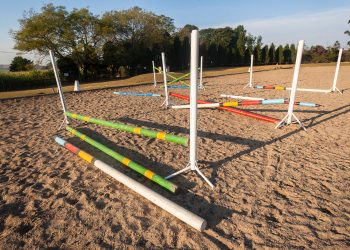
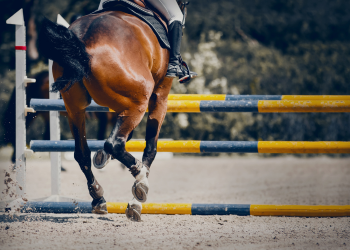
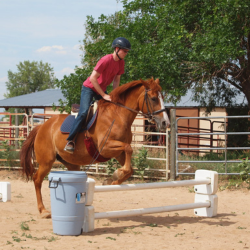
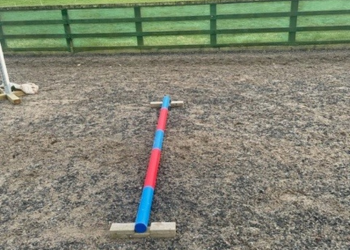
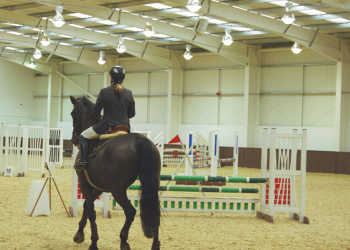

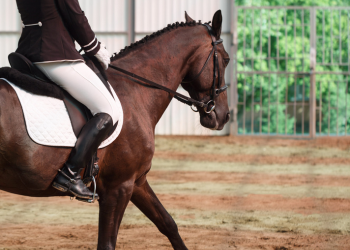


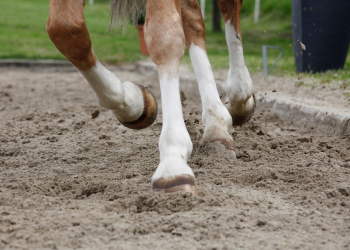
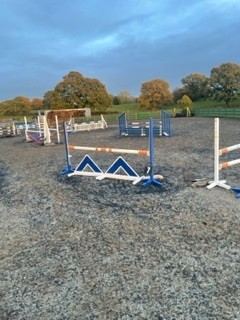
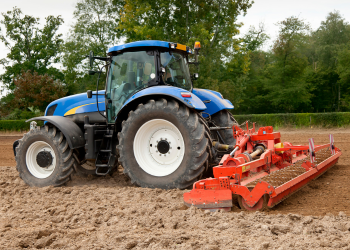

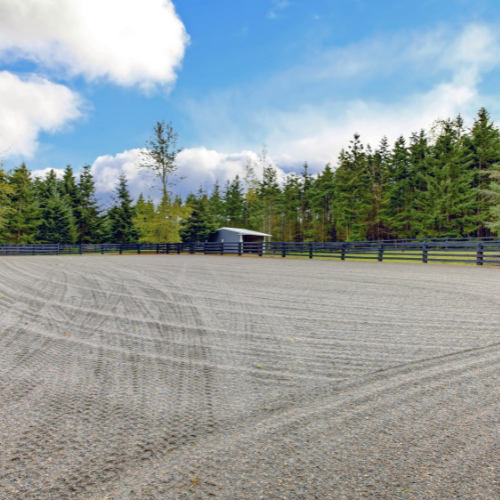

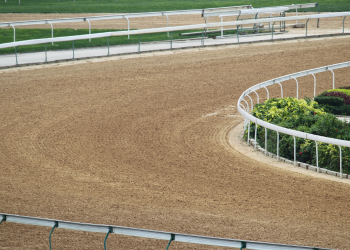

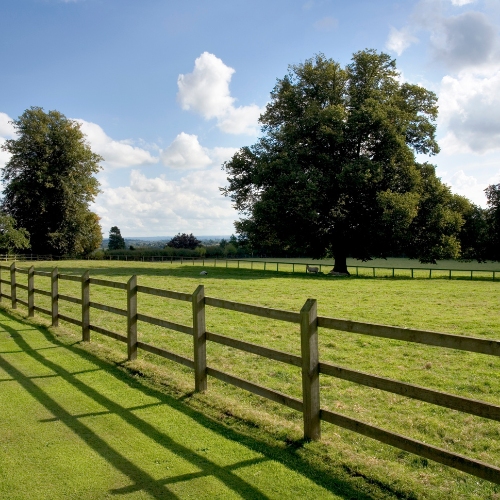
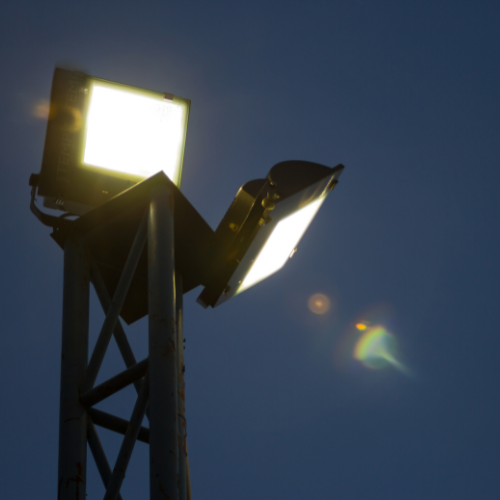
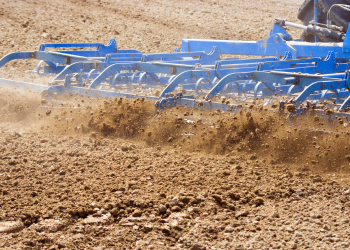
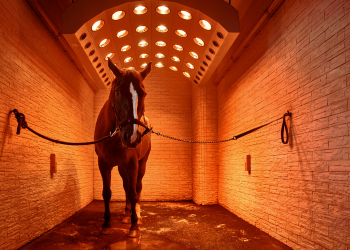

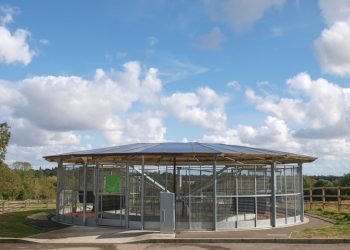
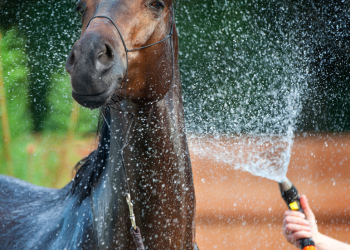
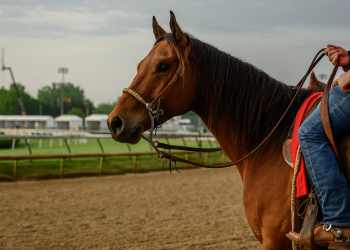
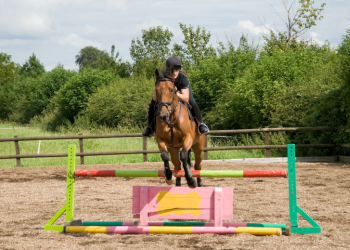
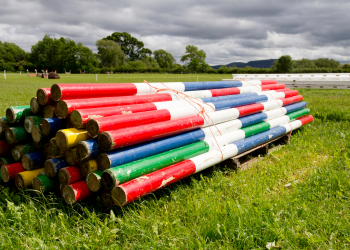

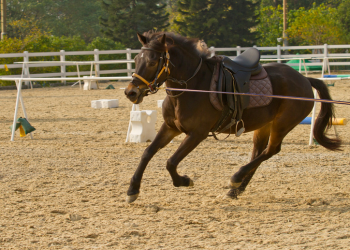
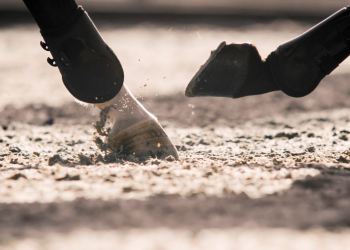
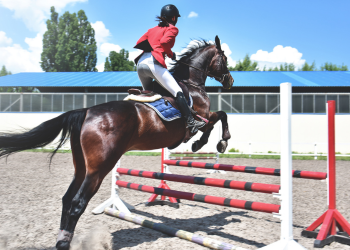
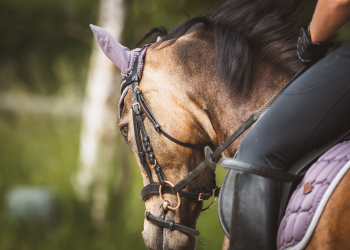
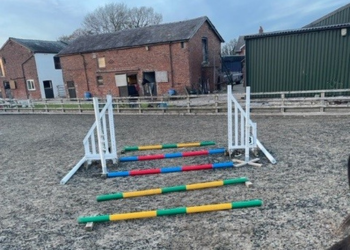

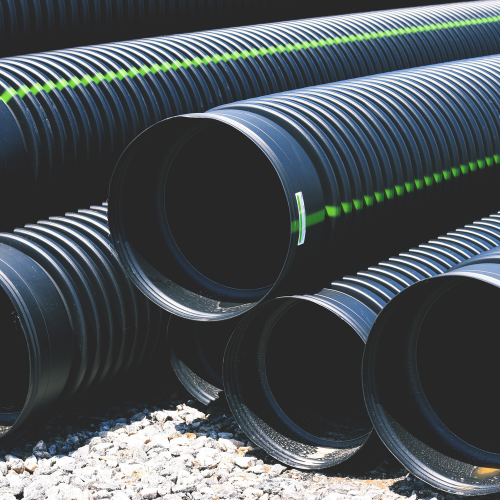
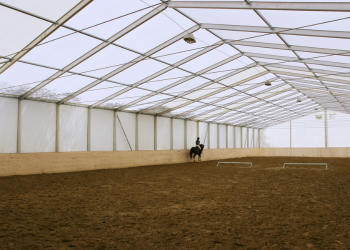
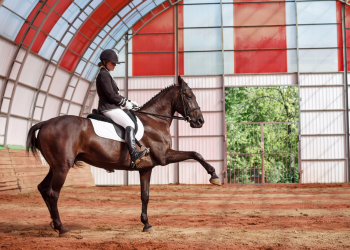
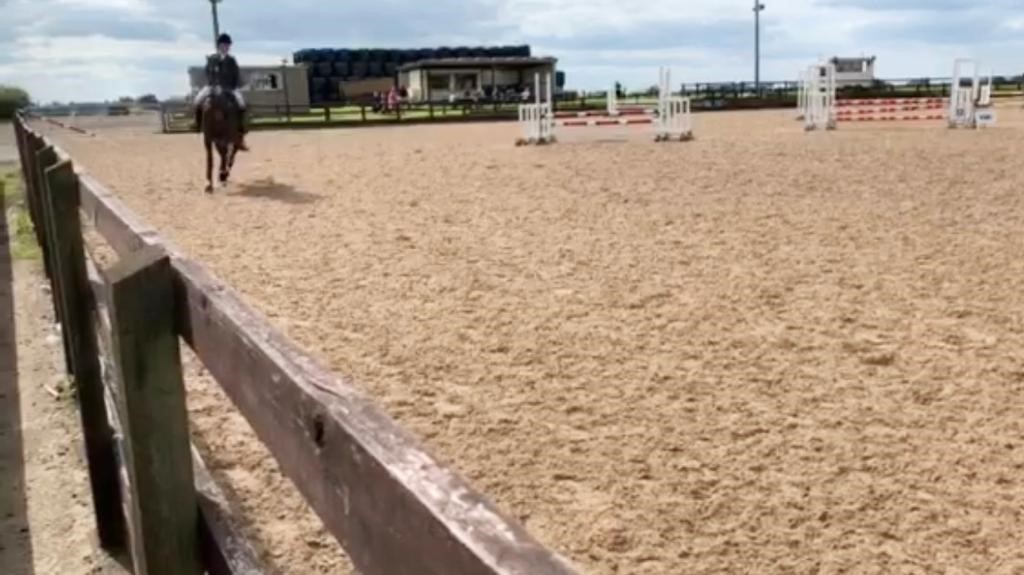



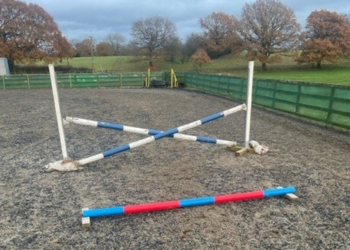


We Aim To Reply To All Enquiries With-in 24-Hours